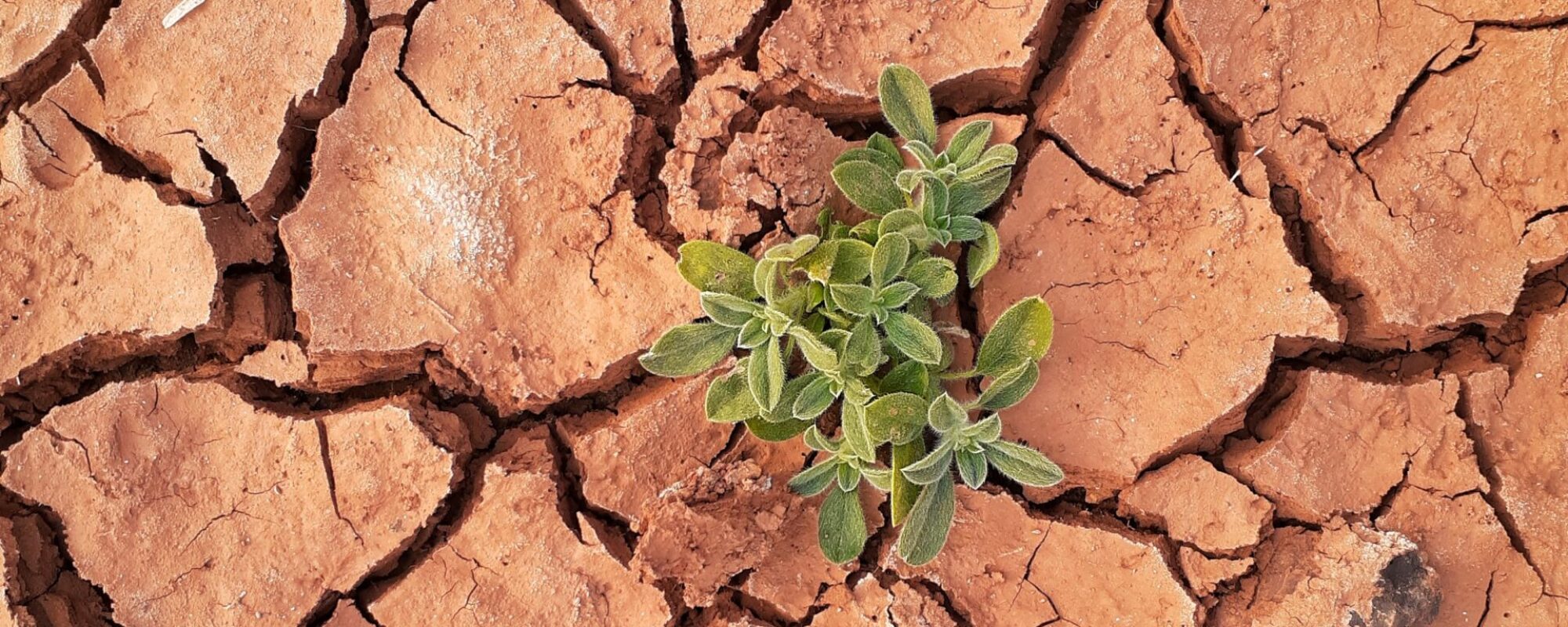We have been thinking a lot about how much time and effort we put into protecting others. At times this protecting has been literal – we have protected my sister from the abuse we experienced by keeping quiet and complying with our abusers. But, more insidious than this is the way in which we have felt the need to protect the people around us from who and how we are in the world.
We have realised that it is shame* that has led us to the belief that we need to protect others from ourselves and what we have experienced. In fact, we have come to realise that much of our life is overshadowed by fear, blame and disconnection – the three ‘ingredients’ for shame (Brown 2007).
We have thought about the origins of these feelings of shame and the beliefs that surround it and know that they are not just as a result of trauma but also of growing up neurodiverse in a neurotypical world.
As autistic children (if able to read) we will tend to turn to books or (now) the internet for information about things that we are scared, worried or upset about. Our response is silent and introspective. It often does not naturally occur to us to consult a trusted adult or caregiver. A desire to understand what troubles us drives us towards research, reflection and perseveration.
For girls, who have greater expectations placed upon them to be good at ‘people-ing’, much of this searching for answers and understanding can centre around people and social situations (Gates 2019). Difficulty fulfilling the patriarchal expectations of those around us, despite how hard we are trying to do and say the right thing, can lead to a huge sense of self blame, fear and ultimately further disconnection from those around us as we dive deeper into the world of information and observation, trying to find a cure for what seems to come so naturally to others.
As children experiencing ongoing abuse, particularly organised abuse, we will not turn to a trusted adult or caregiver either. Quite apart from the fact that those adults may be complicit in the abuse meaning there is no where to turn, we are ensnared in a web of lies, coercion and threats, that lead us to believe that silence is the only way we can stay safe and keep the ones we love safe. In addition, having DID means that there are parts of self that get on with every day life that are amnesic to the abuse – unaware that they need to get help. Again, we are left with fear, blame and disconnection – both internally, within our system, and externally from our abusers.
Clearly Brown’s ingredients for shame (fear, blame and disconnection) are there in our experiences of responding to adversity and trauma, autistic or not. We then carry these patterns of behaviour into adulthood where the shame is compounded as we continue to believe we cannot reach out and that we must continue to protect those around us from the hideous truths of ourselves.
We are working on how we stop protecting others from ourselves. It is hurting them and destroying us. We have realised that in order to give ourselves a chance at a full and authentic life, we need to stop protecting some of the people in our life from the pain that we have held, from and for them, for so long.
It will be a painful and messy process and we are terrified despite the deep knowing that this is what we need to do for our own survival. What we fear most is not what unkindness will come our way. It is letting go of this huge sense of responsibility of protecting the ones we love, that we have held for so long and the knowledge that doing so will hurt them.
Reading Untamed by Glennon Doyle (2020), I came to a paragraph that has left me thinking about this situation a bit differently. She describes grief as ‘a cocoon from which we emerge new’. When writing about someone who was experiencing grief, she writes:
‘The question is ‘Who is Liz? Who will she be when she emerges from this grief?’
And so we sit here and wonder who is Liv? Who will we be if we allow ourselves to sit in and then emerge from this grief?
And if we are allowing ourselves to do this, to open ourselves to new possibilities through this process, then who are we to protect others from the same opportunity, however painful the process may be?
* ‘Shame is the intensely painful feeling or experience of believing we are flawed and therefore unworthy of acceptance and belonging………Shame often prevents us from presenting our real selves to the people around us – it sabotages our efforts to be authentic.’ (Brown 2007)
References:
Brown B (2007) I thought it was just me (but it isn’t). Penguin Random House: New York.
Doyle G (2020) Untamed. Dial Press: New York
Gates G (2019). Trauma, stigma and autism. Jessica Kingsley Publishers: London.
